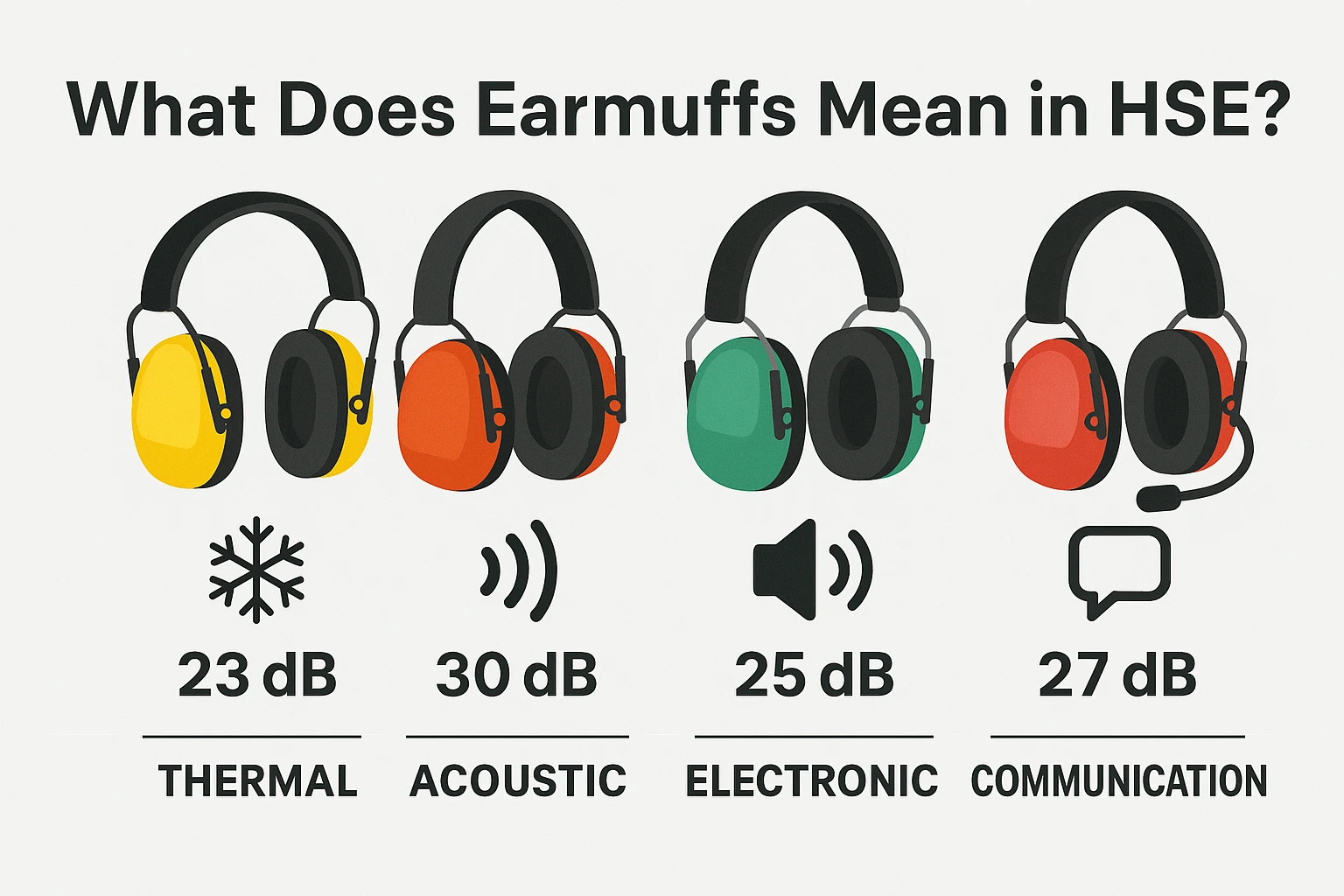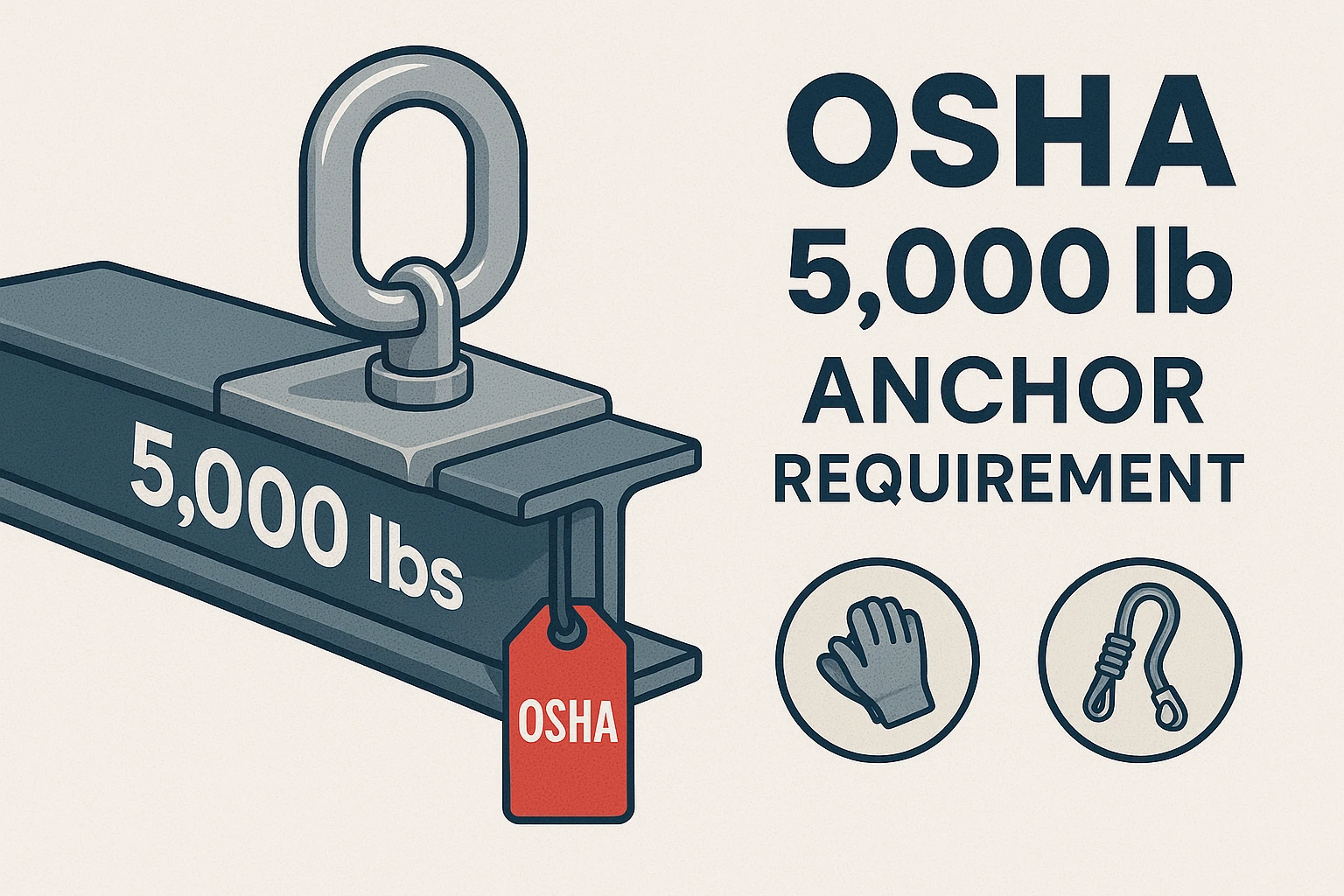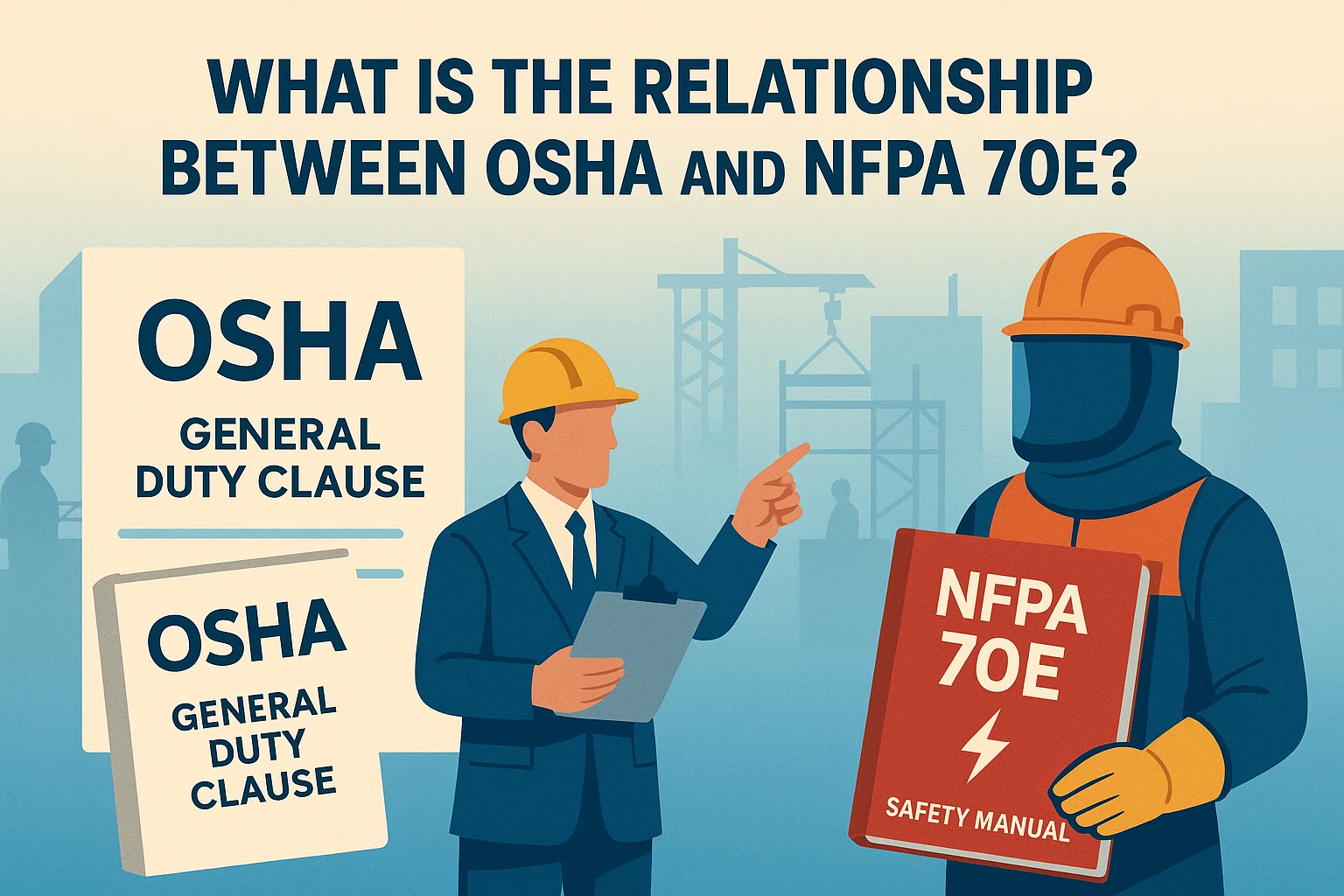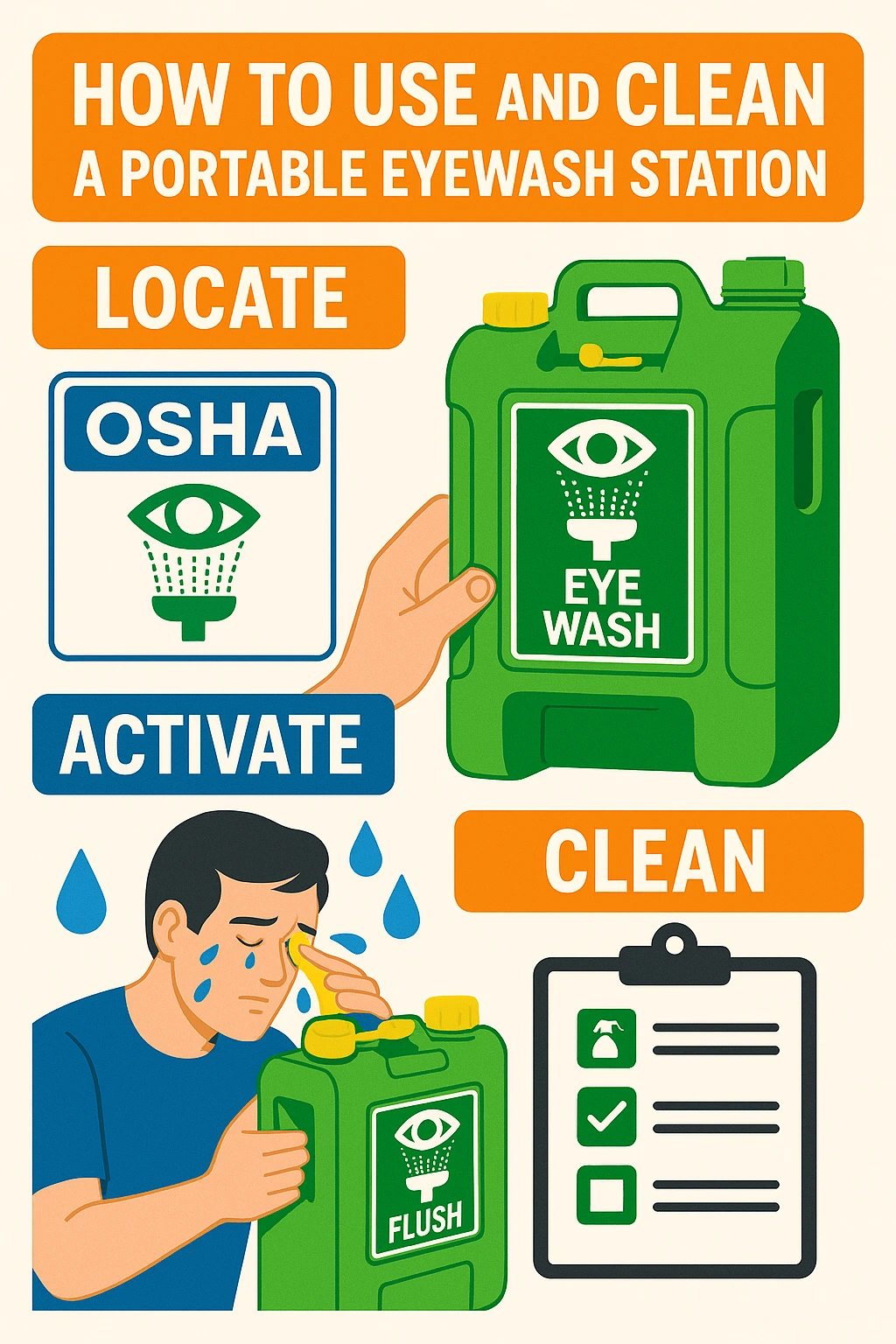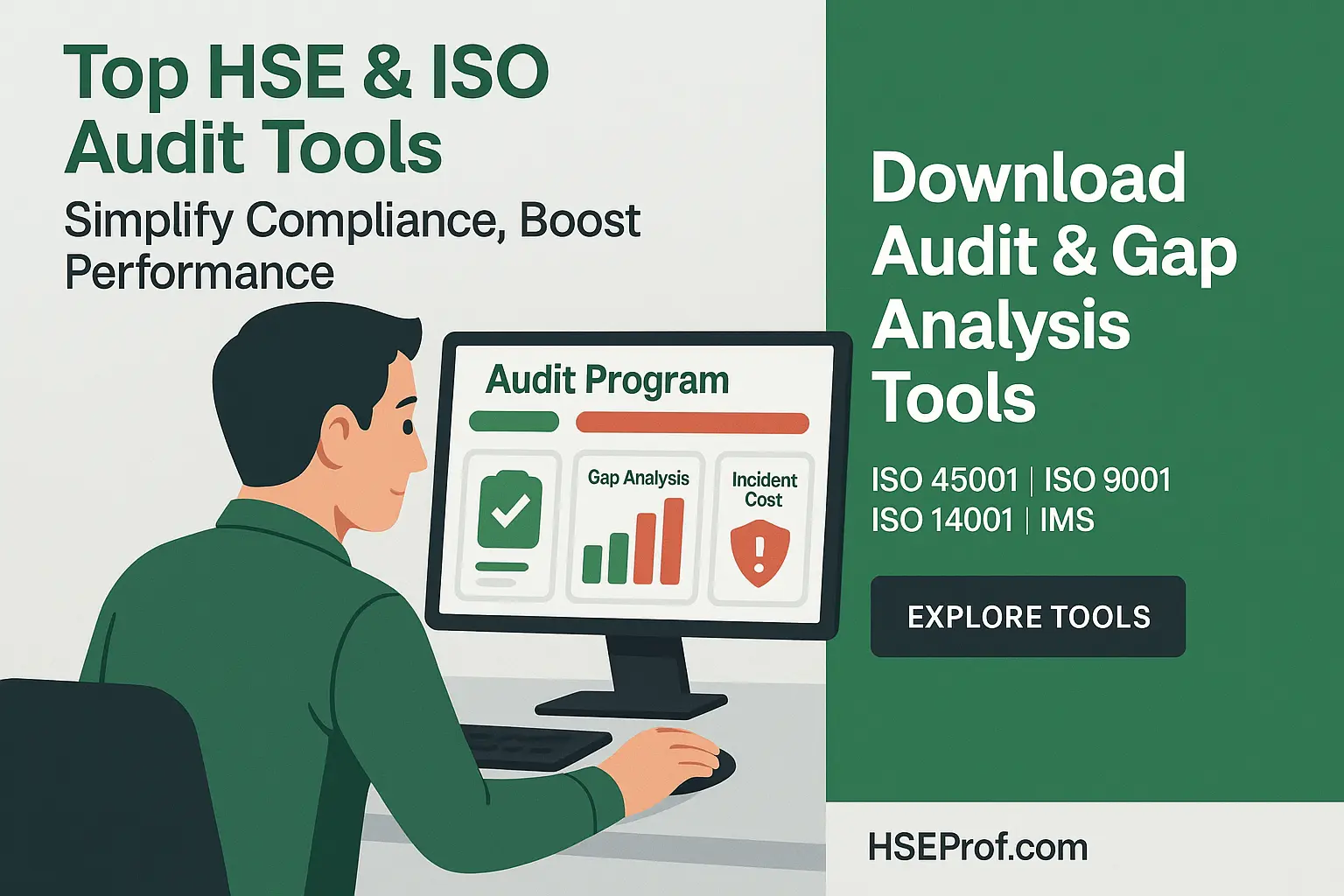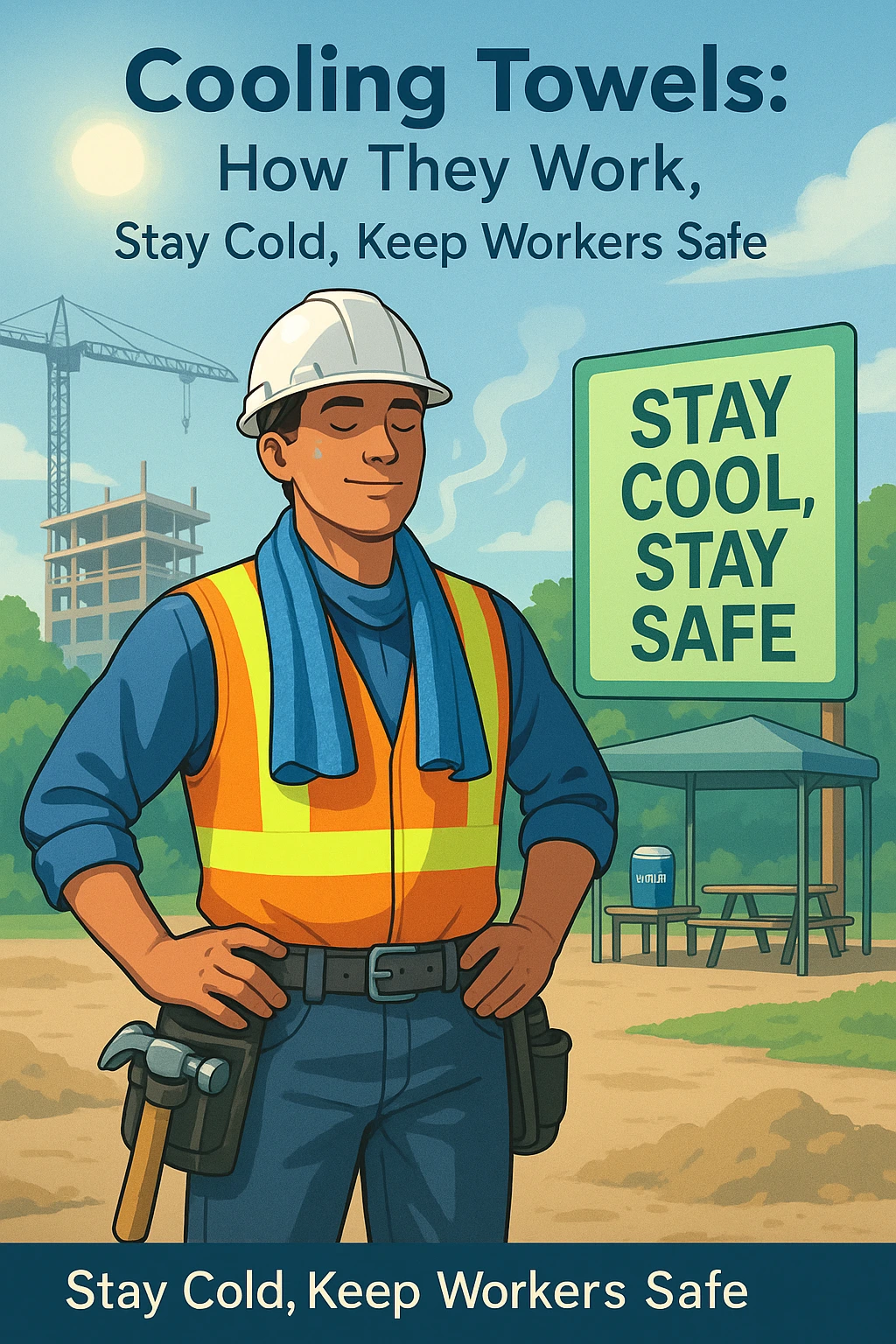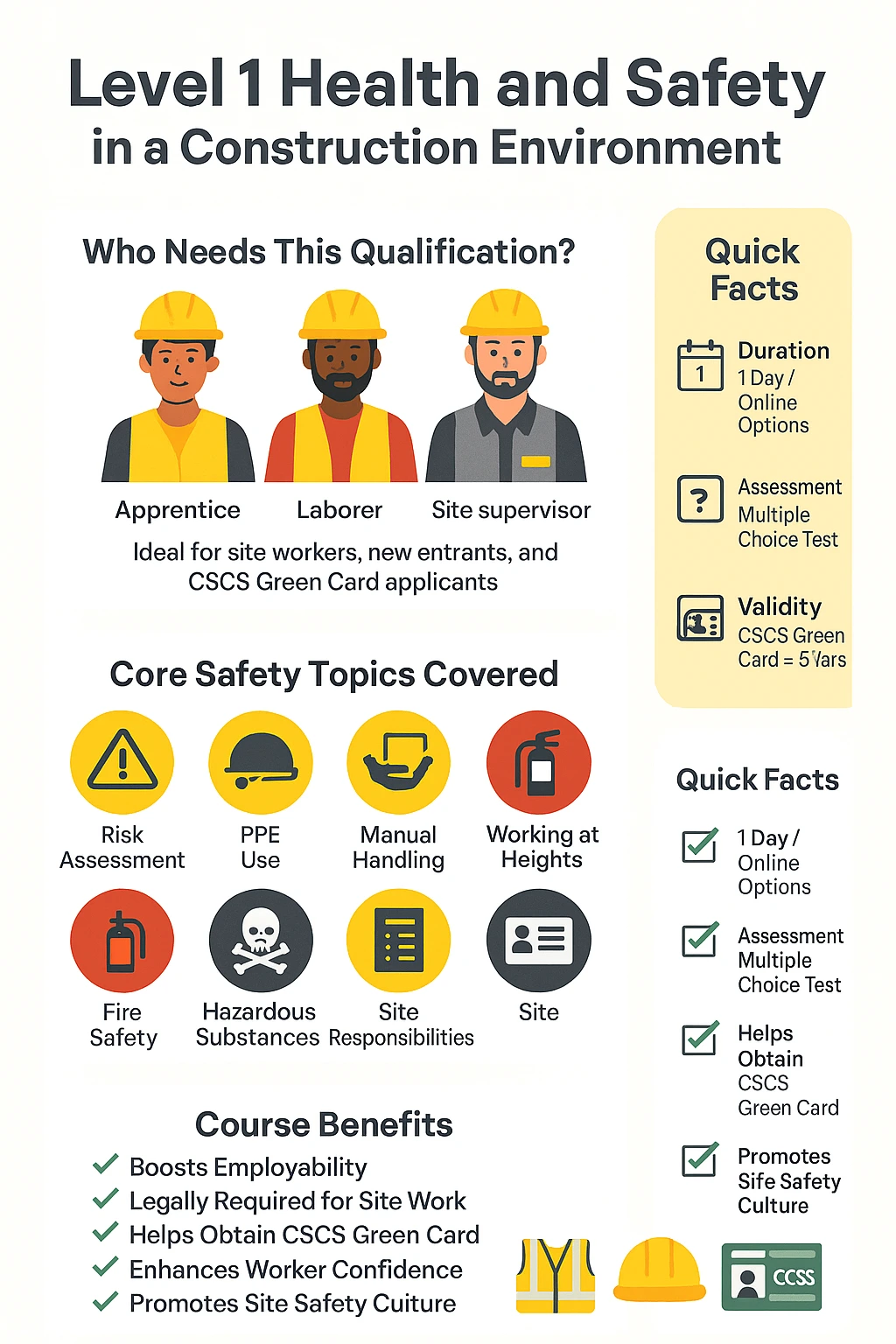In the sprawling fields of Health, Safety, and Environment (HSE), we often discuss risks, compliance, audits, and incidents. But lurking behind every safety report and every near-miss is a more psychological, almost invisible force: push factors.
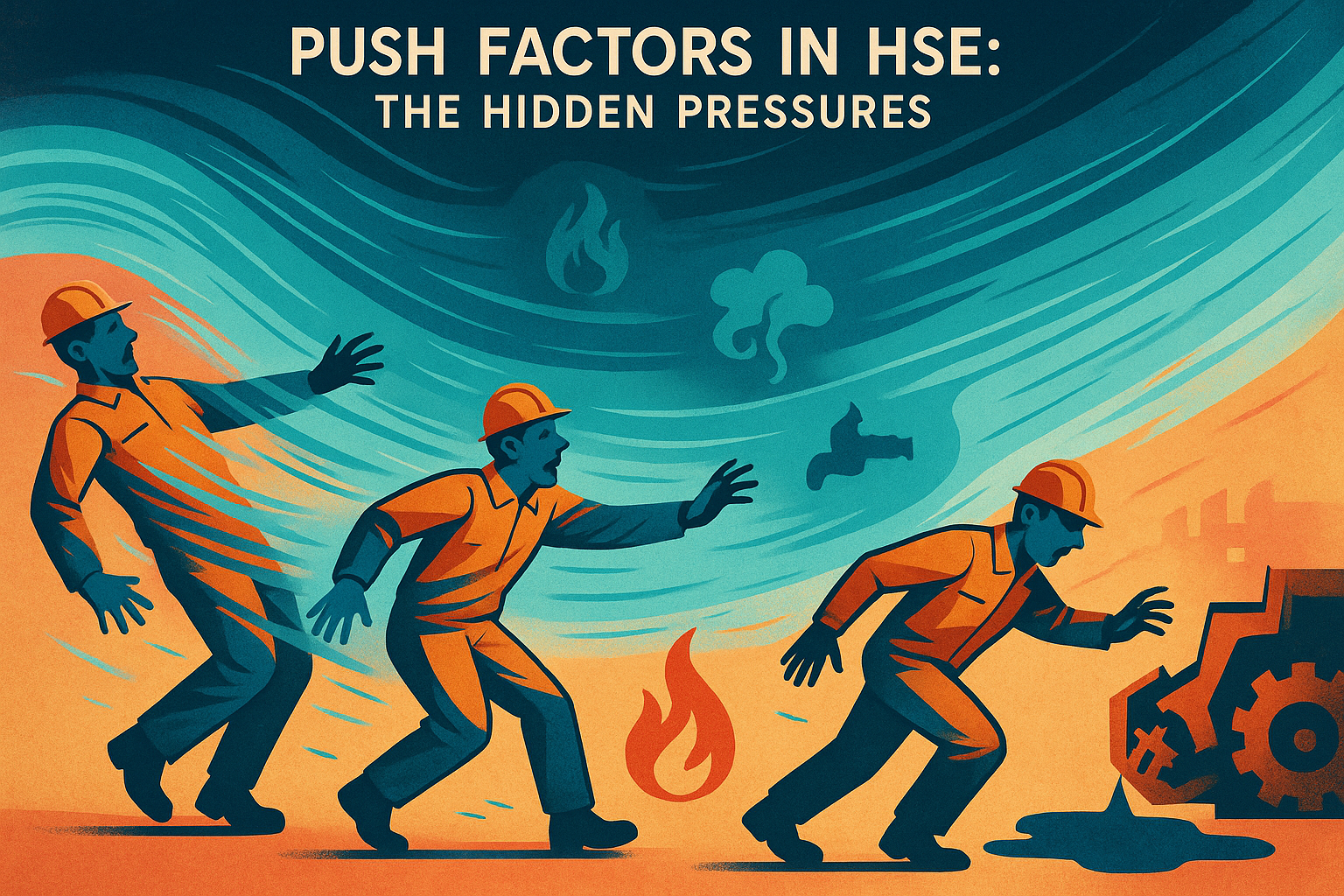
When you hear the term “push factors,” you might think of economics, migration, or sociology. But make no mistake — push factors are just as crucial in workplace safety, hazard control, and environmental protection. Understanding them can mean the difference between a proactive safety culture and a reactive, accident-prone one.
Today, we’re peeling back the layers to explore:
- What push factors really mean
- How they apply to HSE management
- Why ignoring them can destroy your safety culture
- Real-world examples from industrial safety
- How to recognize and mitigate push factors at work
What Are Push Factors? (Simple, Clear Definition)
Push factors are external or internal forces that compel individuals, organizations, or systems to move away from their current state, practices, or environment.
In simple terms:
Push factors create pressure to leave, change, or adapt.
They could be:
- Negative: Dangerous working conditions, toxic culture, regulatory threats
- Neutral: Organizational restructuring, new technology mandates
- Positive: Better training, safer alternatives, sustainability initiatives
Push Factors vs Pull Factors: Know the Difference
| Push Factors | Pull Factors |
|---|---|
| Pressure to move away | Attraction to move towards |
| Often driven by dissatisfaction, danger, regulation | Driven by opportunity, growth, innovation |
| Reactive | Proactive |
| Example: Poor safety leading workers to leave | Example: New safety tech attracting skilled workers |
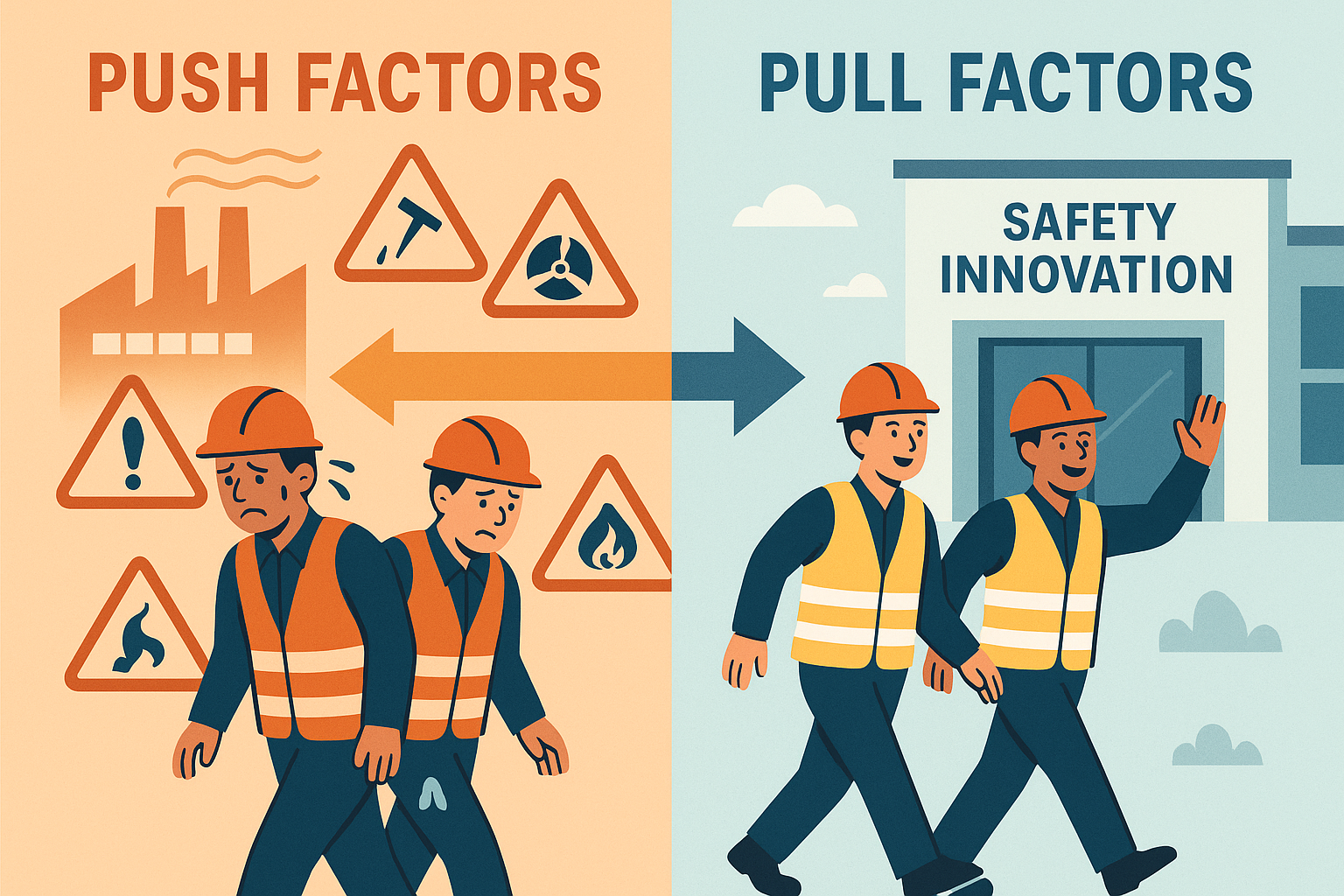 Why Push Factors Matter in HSE Management
Why Push Factors Matter in HSE Management
Most HSE programs focus on compliance and risk control. But push factors operate deeper — at the level of motivation, fear, frustration, and urgency.
Key Reasons You Can’t Ignore
- Predictive Power: Identify early warning signs before disasters.
- Culture Control: Manage the emotional climate of safety.
- Sustainability: Support long-term safe behaviors and environmental practices.
Common Push Factors Found in HSE Environments
Hazardous Working Conditions
Unmaintained machinery, poor ventilation, confined spaces — all drive employees to take dangerous shortcuts or leave.
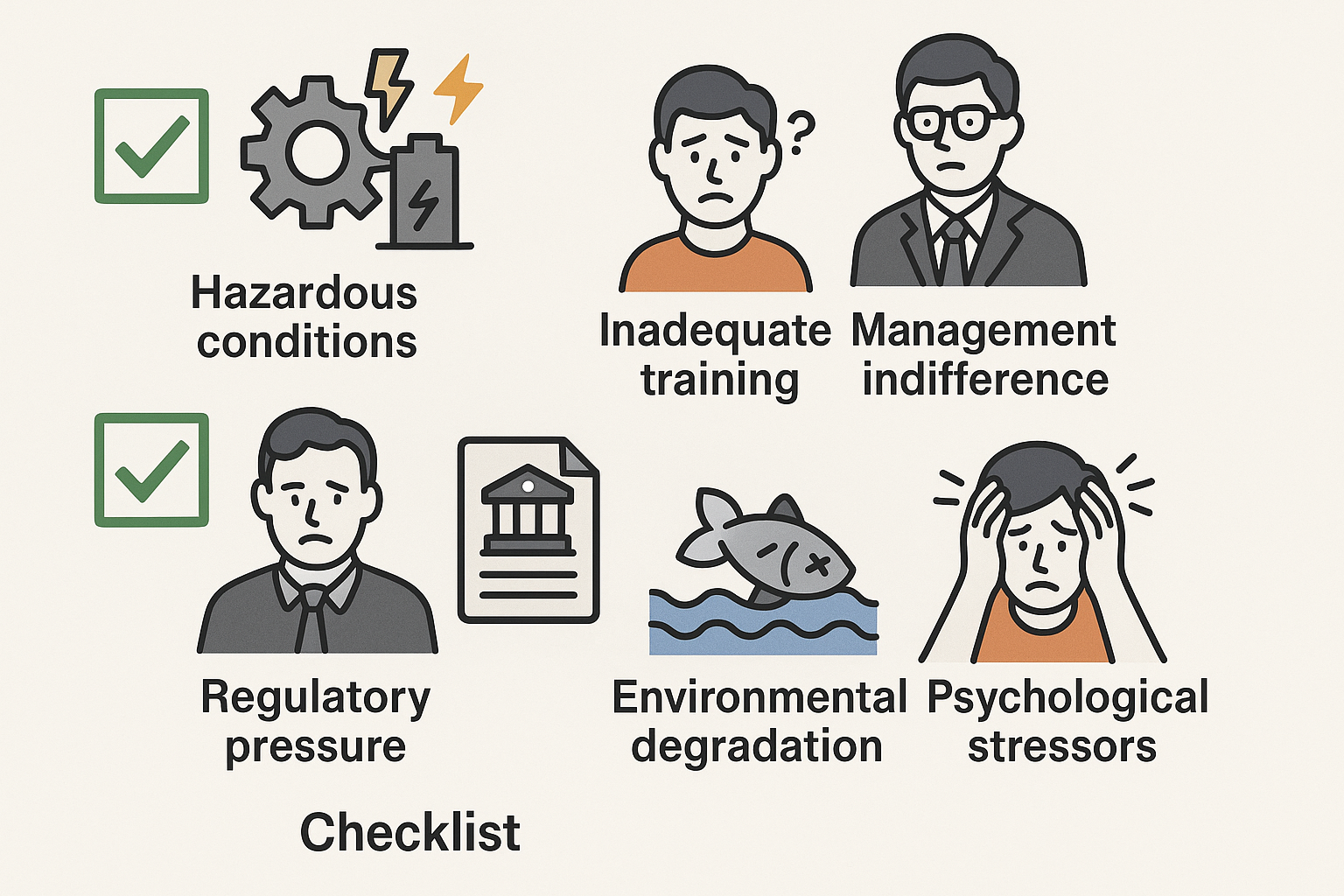
Inadequate Training
Untrained workers feel unsafe and make mistakes, creating pressure to find better employers.
Management Indifference
Lack of visible commitment to safety erodes trust and loyalty.
Regulatory Pressure
When regulations tighten, panic compliance can lead to burnout and resentment.
Environmental Degradation
Spills, emissions, and waste management failures both employees and public opinion against a company.
Psychological Stressors
Overwork, bullying, and poor work-life balance create silent safety killers.
Real-World Industrial Examples of Push Factors at Play
Case Study 1: Chemical Plant Disaster
Ignored leaking valves led to employee resignations and eventually a fatal explosion costing lives and millions.
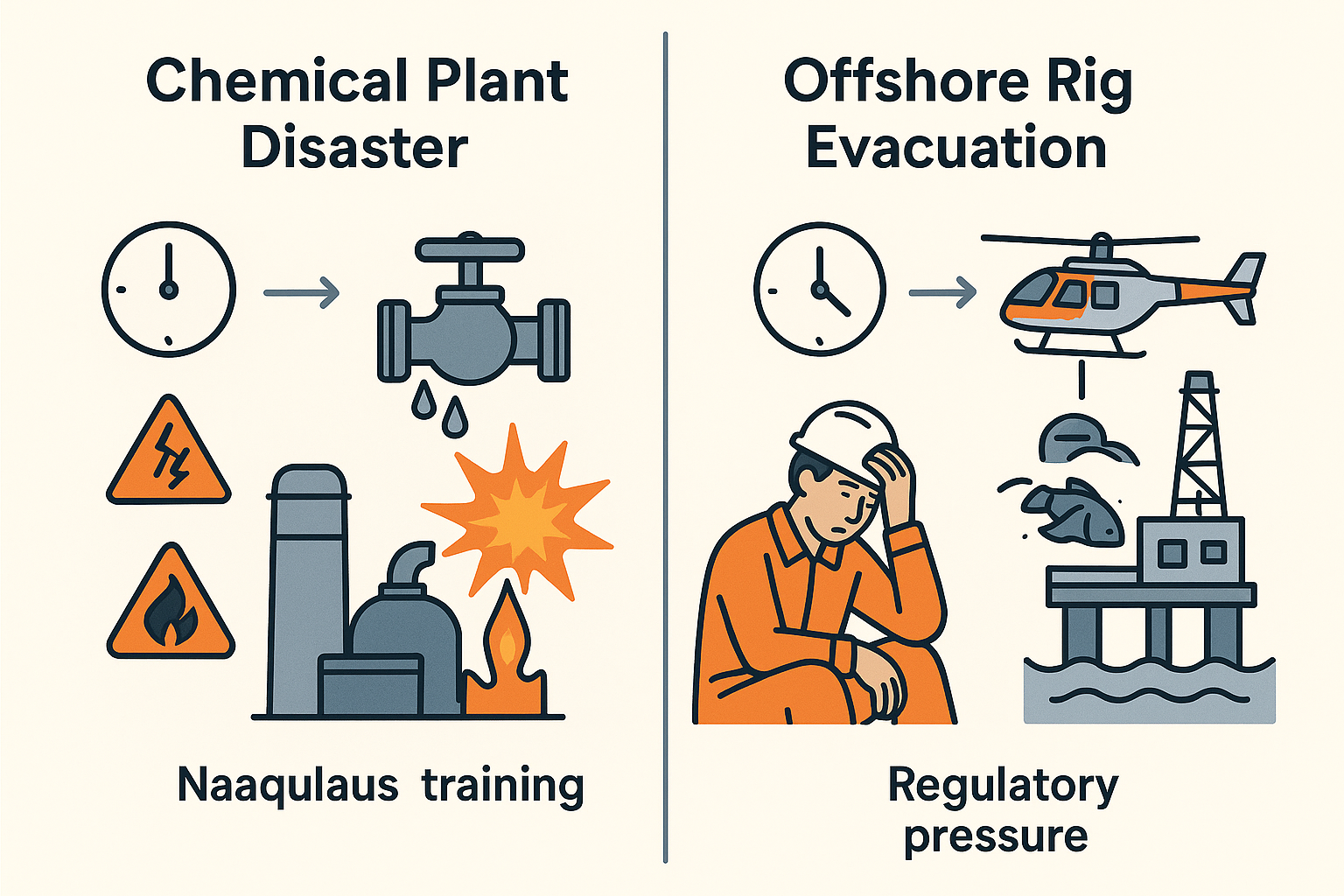

Case Study 2: Offshore Oil Rig Evacuation
Overwhelming workloads and ignored training needs led to mass staff departures, endangering entire operations.
How to Detect Push Factors in Your Organization
- Listen actively to employee grievances.
- Analyze near-miss and incident reports for hidden clues.
- Track changes in attrition and absenteeism patterns.
- Survey for psychological safety concerns anonymously.
- Inspect rising environmental compliance issues.
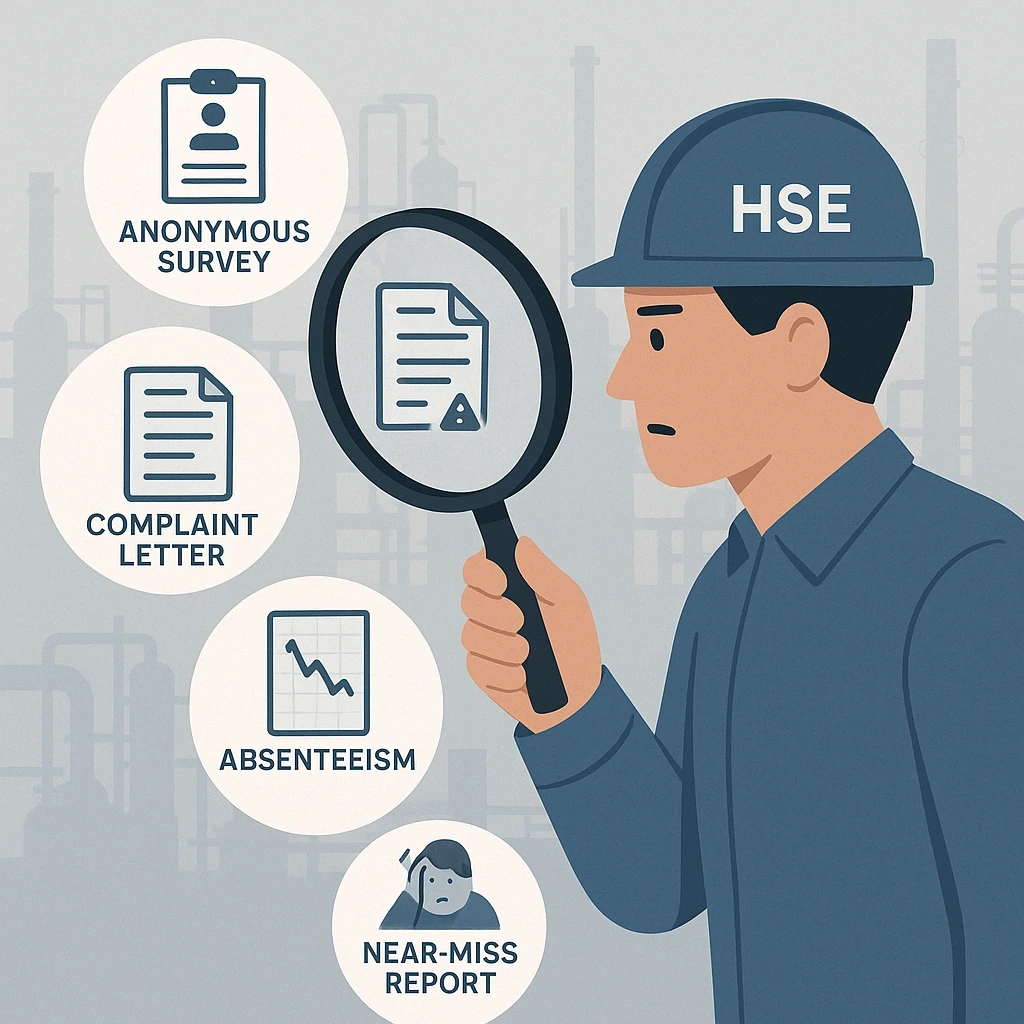
Strategies to Minimize Negative Push Factors
1. Proactive Communication
Openly share safety goals and celebrate hazard reporting.
2. Build Positive
Incentivize safety excellence through bonuses and promotions.
3. Redesign Workflows for Built-in Safety
Engineer out hazards where possible through smarter design.
4. Lead by Example
Management commitment must be visible and tangible.
5. Support Mental Health and Wellbeing
Zero tolerance for bullying and harassment strengthens psychological safety.
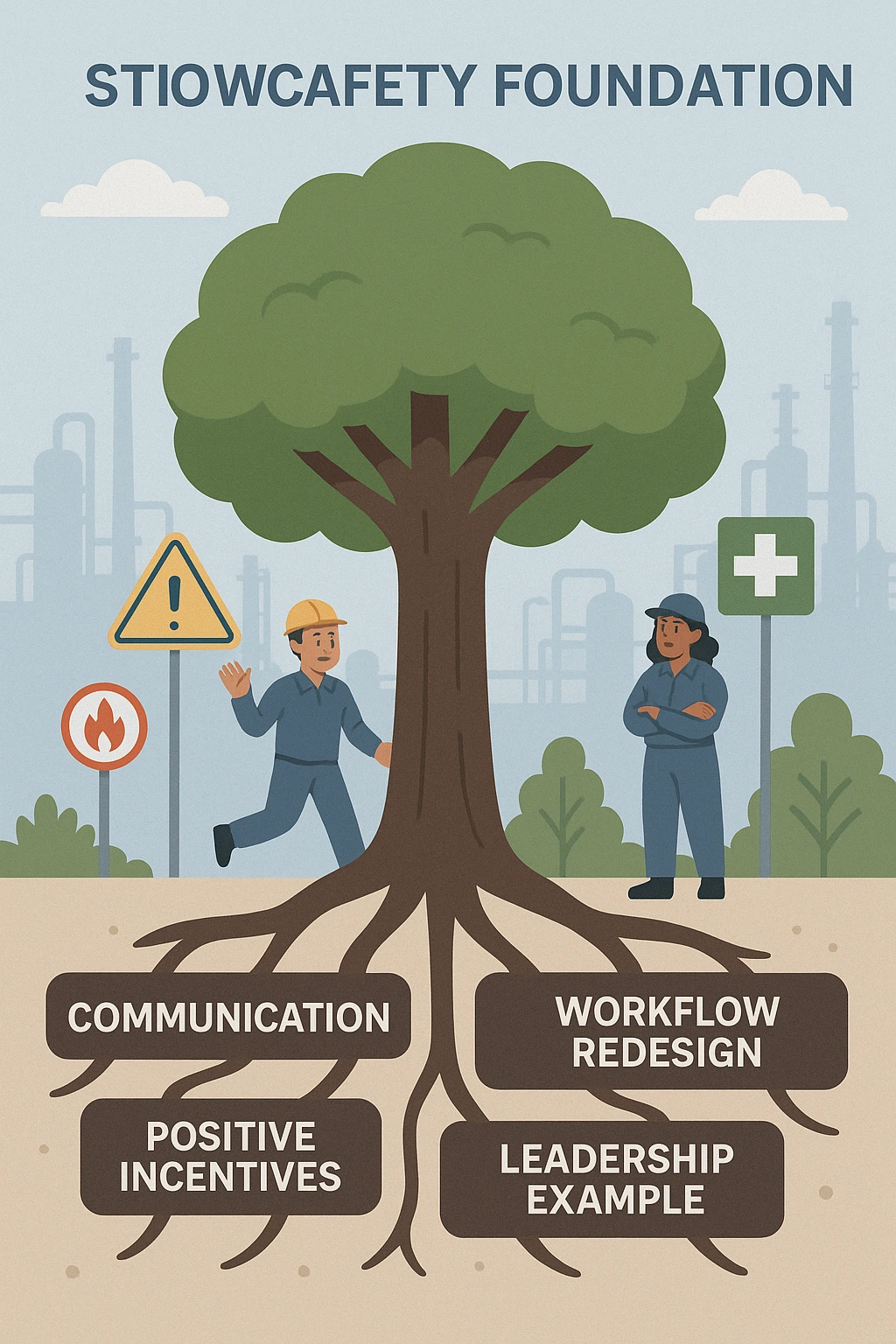
The Future of Push Factors in HSE
As industries embrace AI, ESG, and hybrid work models, expect push factors like automation fear and climate anxiety to rise.
Organizations that monitor and manage these shifts now will lead in safety, sustainability, and employee retention tomorrow.
Conclusion: Push Factors are the Silent Forces Shaping Your HSE Success
Ignore them, and you’ll be constantly reacting to disasters.
Master them, and you’ll build resilient teams, safer worksites, and a powerful HSE legacy.
Safety isn’t just about preventing falls. It’s about preventing the forces that push people to fall.
Quick Checklist
- Push factors = forces compelling change or escape
- Negative (hazards) or Positive (incentives)
- Predict incidents early, improve safety culture
- Identify via grievances, attrition, environmental reports
- Manage through communication, leadership, redesign, mental health support
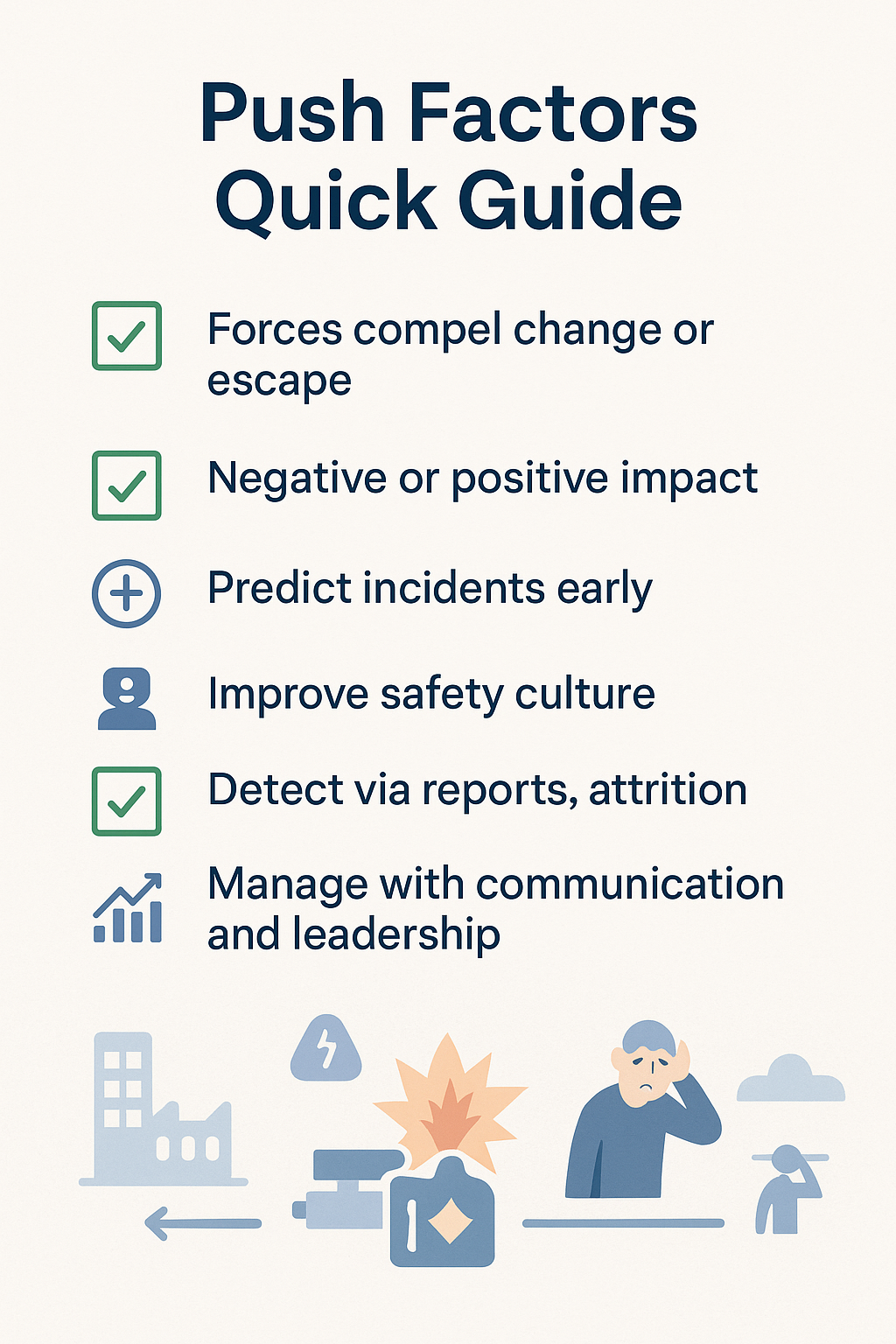
Managed by the LinkedIn HSE Professionals Page, this platform supports safety officers, auditors, and managers worldwide. With a network of 340,000+ professionals, we deliver expertly crafted HSE templates, checklists, and tools to help organizations meet OSHA, ISO, and GCC safety standards.


